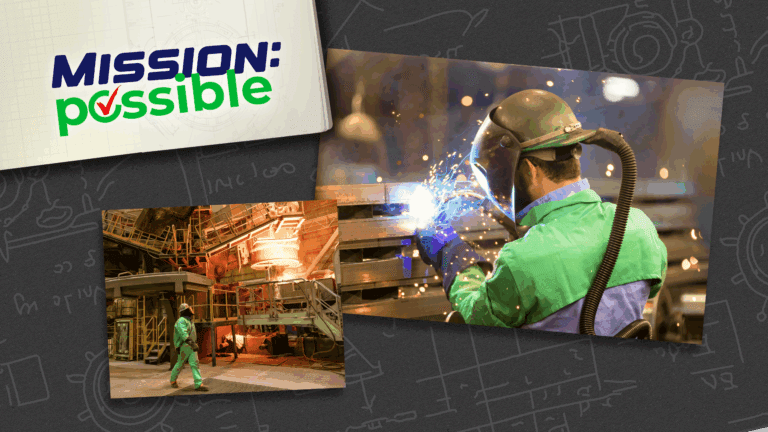
6-12
Careers at Sea and Shore: A Virtual Field Trip to Maritime Manufacturing Centers
Watch now!
Dive into the world of marine innovation with Careers at Sea and Shore: A Virtual Field Trip to Maritime Manufacturing Centers. This Virtual Field Trip takes you on an exciting journey to explore how submarines are built and the amazing careers behind them.
Discover how the choices you make today can lead to meaningful and rewarding careers in the future.
Duration: 21 min
Dive into the world of marine innovation with Careers at Sea and Shore: A Virtual Field Trip to Maritime Manufacturing Centers. This Virtual Field Trip takes you on an exciting journey to explore how submarines are built and the amazing careers behind them.
Discover how the choices you make today can lead to meaningful and rewarding careers in the future.
Duration: 21 min














